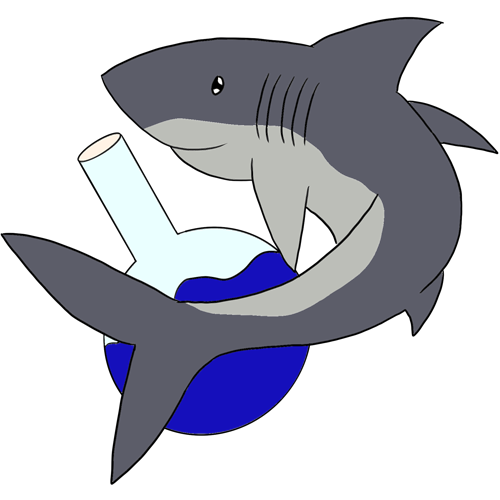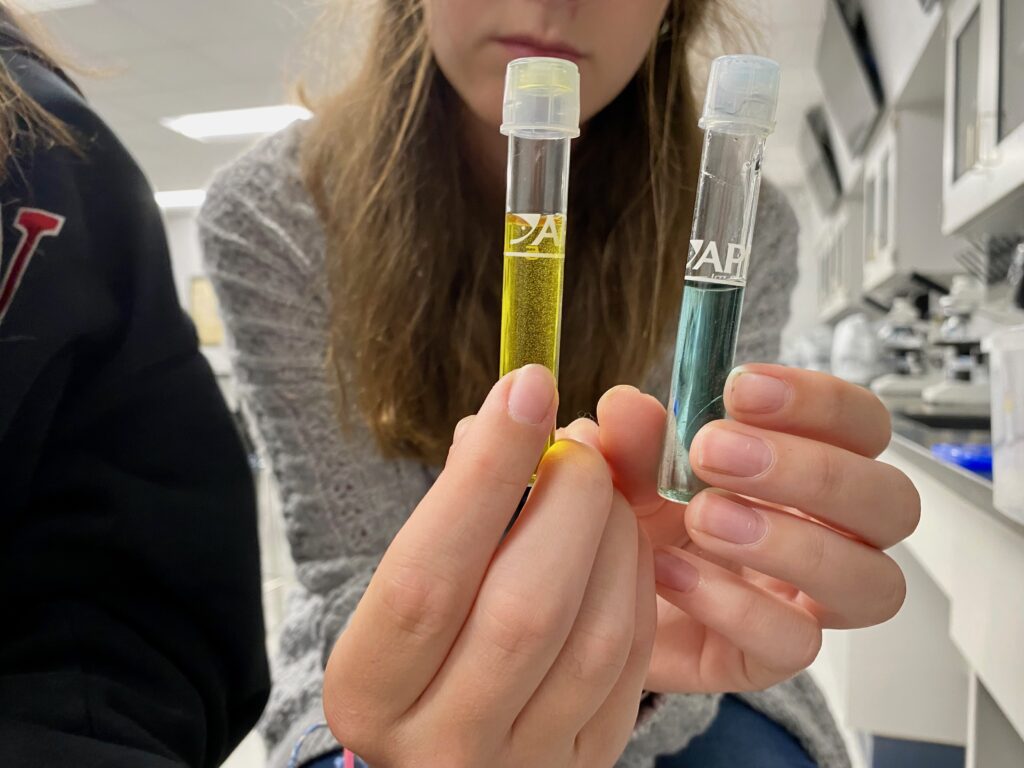
Have you ever had a student ask you why what they were learning mattered to them? Or if they would ever use this in their lives? I feel like I used to get this question all the time. I still do sometimes when what we are learning is difficult to relate to my students on a local or personal level. After learning about using perspectives in teaching science from the National Geographic program, I always try to bring it back around to a local perspective. The easiest way to do this is to find examples of the concepts that are directly related to organisms, ecosystems, businesses, etc. that are in the local area or state you are in. This may be easy, such as testing the water quality or soil quality for the area you live in, or as difficult as trying to bring the concept of descent with modification to a more localized level, but it is possible! Recently in my environmental science classes we discussed soil and water quality, and while working hands-on with properties of water experiments is fantastic for getting the point across, the quality of water and soil was difficult to get across without letting them get their hands dirty.
Soil Quality

After completing a unit on how important the quality of the soil is for plant growth, farming, and even just quality of life in humans, I had gathered soil samples of different types from different regions (Georgia and Florida) to compare the nitrogen, phosphorus, pH levels, and potassium. My students worked in groups to first observe the soil, then test each component and decide which of the samples would be best to plant crops in. My students were invested in seeing the differences that different states made, especially with the nitrate levels of the different types of soil (clay, silt, and sand). Here are some observations that were made over the course of the week:
- The pH was dramatically different for the clay (6.5) vs the sand (9.0)
- The more days between the collection of the soil and testing the less nutrient rich it was
- Parrish had the best potassium and phosphorous levels of the samples
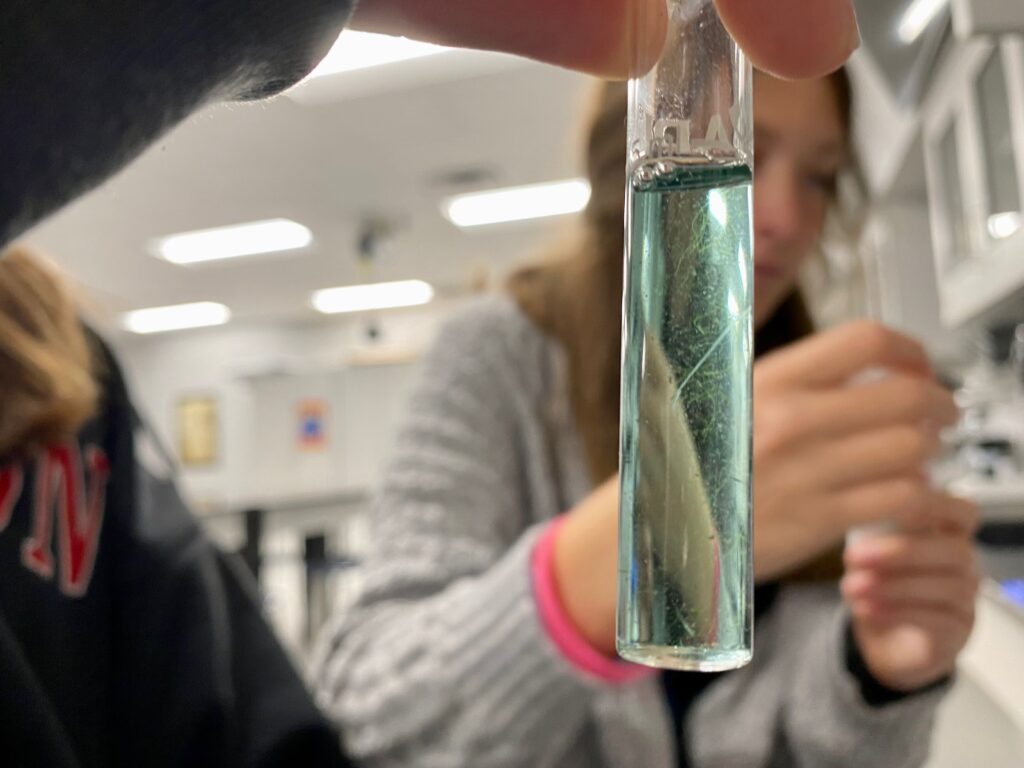
The conclusions they made were that Parrish had the richest soil that was better to plant things in, this conclusion made sense to them because Parrish is typically built for farming and so was ready to be used for planting.
Water Quality
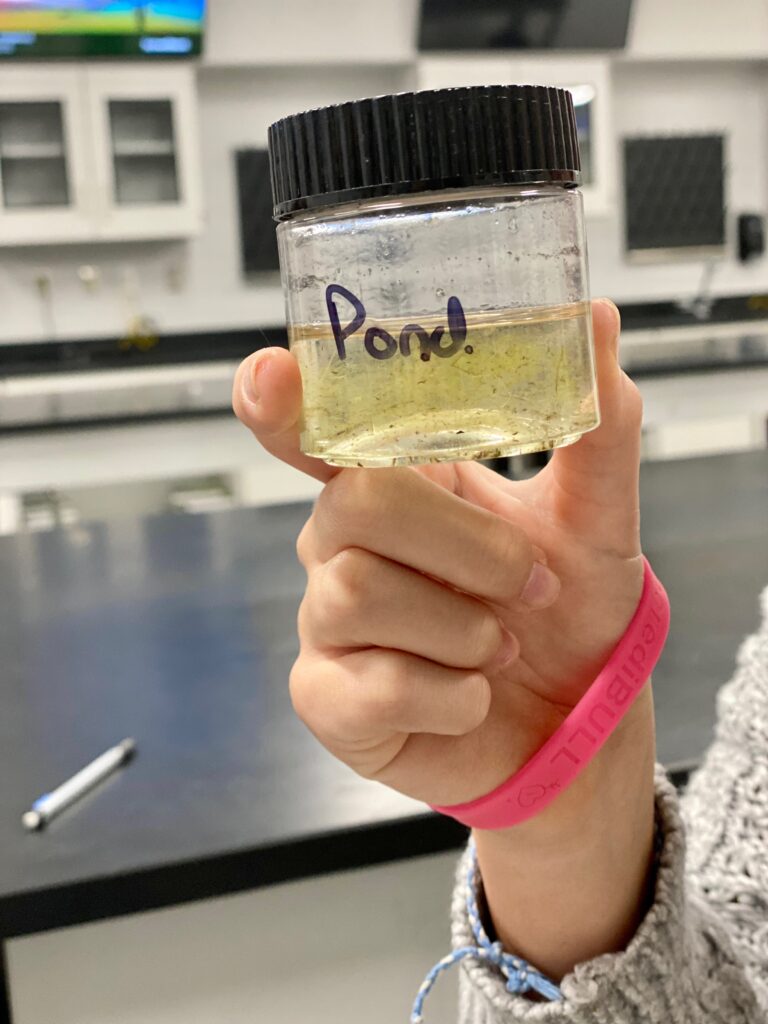
After spending time relearning the properties of water and how that affects the way water works and why it is so important to our daily lives, I had my students look at different water samples under a microscope and then test those samples with a water quality testing kit. We tested pH, ammonia, nitrate, nitrite, calcium, phosphate, and carbonate. The students learned how to test their water samples from different areas to see the differences in the water quality. They also looked at the same samples under a microscope to look at microorganisms, algae, and other formations that occurred in the water they were observing. Some of their observations are attached here:
- More microorganisms were present in the pond and bay than in the river or gulf, probably because the water is moving more
- The river had a slightly higher salinity than the pond, likely because it was collected closer to the mouth of the bay
- The pH of the Parrish and Sarasota water vary slightly, possibly due to the treatment of the water in Manatee vs Sarasota County
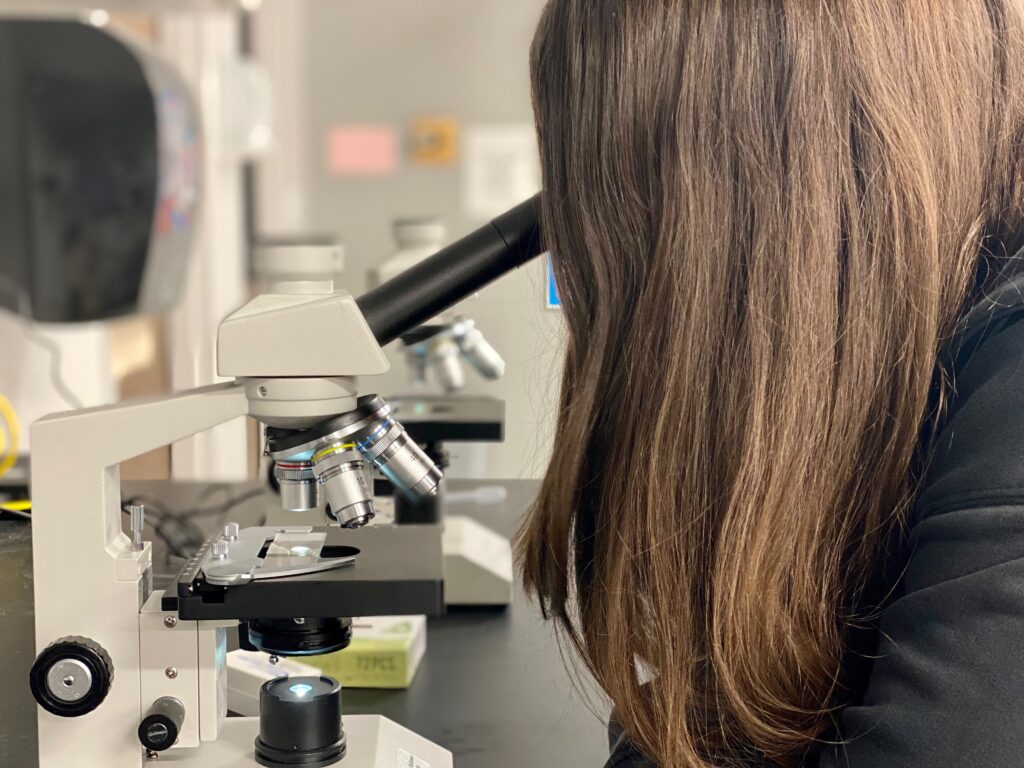
Overall, the students loved testing the water of the local area and enjoyed seeing the microscopic world that is in a drop of water. But more importantly, they were able to recall this information later because it was relevant to their daily lives. By teaching the information at the “local” level students will make connections to their daily lives, whether they enjoy going to the beach or they have a garden in their backyard, and then remember what they learned in the lesson.
